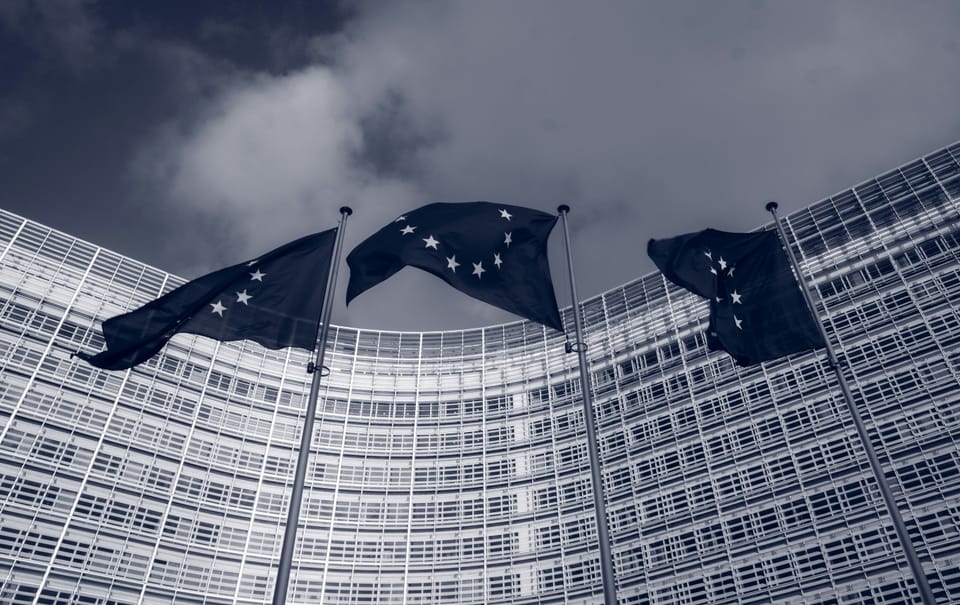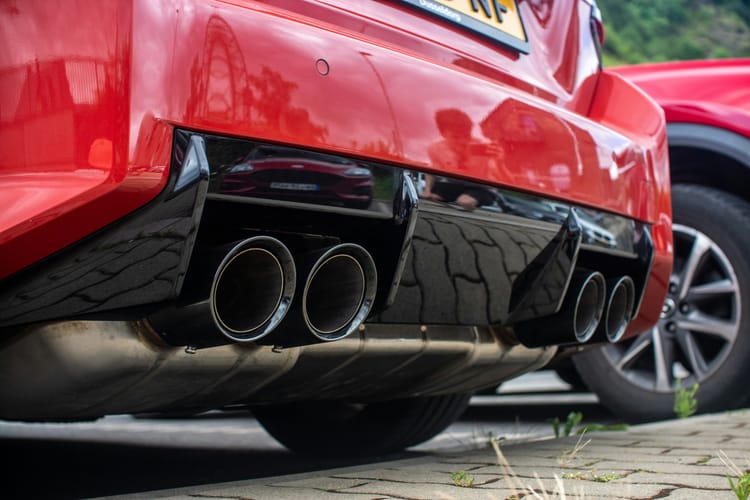EU Council agrees on 90% reduction target for 2040 – with up to 5% offset by carbon credits

The European Council today agreed on its position for the EU’s 2040 climate target: a binding 90% reduction in emissions, with flexibility to use international carbon credits for up to 5% of this goal.
Ministers introduced greater flexibility than was originally proposed by the European Commission: in July, the Commission proposed the same level of greenhouse gas reduction, but with up to 3% of emissions to be offset through international carbon credits.
This flexibility creates an immediate market for credits traded under Article 6 of the Paris Agreement, and is a boon for the carbon market, which is showing signs of increased trust thanks to integrity initiatives.
‘Enhanced flexibility’ for member states
At the same time, the Council agreed with the Commission’s suggestion that domestic carbon removals should be allowed to be used under the EU emissions trading system (ETS) to compensate for residual hard-to-abate emissions.
It also introduced enhanced flexibility within and across sectors and instruments to support the attainment of targets in simple and cost-effective ways, to let member states address shortfalls in one sector without compromising overall progress.
“Today, we have adopted a 90 percent climate target for 2040 with broad support from the member states. The target is rooted in science and at the same time, it combines our competitiveness and security. This is important for the future of Europe – and it shows that even in challenging times, we can stand united. The target sets a clear direction years ahead for our policies, industries and investments. With this in hand, we are ready to build a stronger, more competitive and secure EU,” said Lars Aagaard, Denmark’s minister for climate, energy and utilities.
The European Parliament must now adopt its own position on the target before starting negotiations with the EU Council to come to a final agreement.
2035 NDC confirmed
With the 2040 target approved, the EU Council also submitted its 2035 nationally determined contribution (NDC), just in time before COP30 next week. The target seeks an “indicative contribution” of 66.25% to 72.5% reduction by 2035, on the path towards carbon neutrality by 2050.
“The EU’s 2035 target is a solid step toward reaching its longer-term climate goals, but only if the bloc strives for the highest end of its target. WRI analysis shows the EU must cut emissions by 72.5% to stay on track for 1.5°C. It would also allow for a smoother emissions reduction towards the 90% goal, rather than relying on steep cuts after 2035. Falling short would create an unmanageable gap and would undermine investor confidence in Europe’s long-term transition,” commented Stientje van Veldhoven, Vice President and Regional Director for Europe, World Resources Institute (WRI).
ETS expansion postponed and target to be reviewed every two years
As part of its 2040 target negotiations, the Council has also introduced a provision to postpone the entry into application of the EU emissions trading system for buildings and road transport (referred to as ETS2) by one year, from 2027 to 2028.
Finally, its adopted text states that the 2040 climate target should be reviewed every two years to track progress based on the latest scientific evidence, technological advances and the EU’s global competitiveness. This means that new flexibility could be added down the road, particularly around the use of carbon removals – with the changes to be reflected in a revision of EU climate law.
This, according to van Veldhoven, could create unnecessary uncertainty. “Europe’s climate competitiveness and energy independence will not be secured through hesitation or outsourcing. Keeping the door open to revising climate measures creates uncertainty for businesses that need long-term investment security. The announcement to revise and postpone the EU's Emissions Trading System (ETS-2), while leaving open the possibility of allowing additional offsets, adds to this unpredictability. The exact way these provisions will be applied will determine the EU's actual speed of transition,” she said.







Member discussion